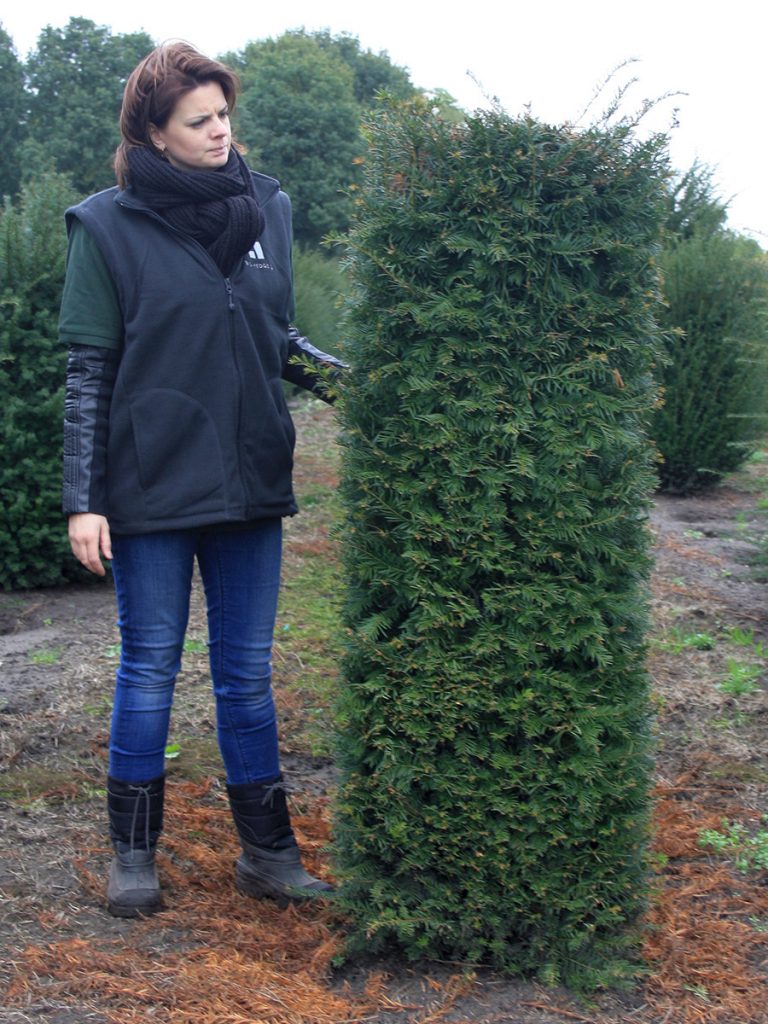
Our founder David has been featured in this months edition of Pro Landscaper Magazine discussing the environmental benefits when it comes to hedges. Read the full article below and on page 98 in the March 2020 Special 'Green' Edition.
'Carbon capturing’ is a hot topic at the moment, and with the introduction of the recent ‘UK net zero emissions law’ requiring all greenhouse gas emissions to be net-zero by 2050, and multiple blue-chip UK companies pushing that further committing to net zero 2030/2040, there is some serious work to be done. As an industry, we are going to play a formidable role in achieving the Government’s objectives, by way of installing green infrastructure in the projects we work on.

We are all well aware of the benefits of planting trees, but in the battle to capture carbon and improve air quality, the lowly hedge, a quintessential part of the British countryside, could prove to be our secret weapon.
Recent studies show that “hedgerows sequester 50% more carbon than forestry” (Dr Paddy Wall, University College Dublin) and that “hedges along roadsides are most effective at reducing pollution exposure, cutting black carbon by up to 63%” (University of Surrey).
It makes common sense really, newly planted trees typically have a clear stem of 2.0m before their carbon-capturing canopies are free to grow, whereas a low-slung hedge is green from the bottom up. With the canopy of a hedge starting at ground-level, it is at the right height to start capturing particulates from one of the primary emitters of CO2 emissions – vehicle exhaust pipes. Where hedges are particularly effective, is in the narrow streets found within cities, the introduction of hedges along the road networks within our cityscapes would provide a simple urban planning solution for improving air quality.
"the lowly hedge, a quintessential part of the British countryside, could prove to be our secret weapon"
Not all hedges are equal in their ability to capture carbon and other particulates, needless to say, evergreen hedges are most effective, as they are working 12 months of the year, however, some coniferous hedging (which keep their leaves/needles) for more than 1 year, can become so overloaded with contaminants that they die, so it is crucial to select genera which are tolerant of air pollutants – enter stage Taxus Baccata. With its dense structure and soft evergreen needles, Yew hedging has a large surface area capable of filtering contaminated air, not only that, it can be tightly clipped to create a beautiful formal looking hedge. Another evergreen option, with similar properties, is Western Red Cedar, which can still be tightly clipped, but lacks some of the elegance of Yew.
Of the deciduous varieties, Carpinus Betulus and Fagus Sylvatica are cited as being effective at both filtering particulates and carbon sequestering, thanks to them holding on to their leaves throughout the winter – due to the rough texture and serrated edges of the Carpinus Betulus leaf, it has a slight edge, in that it traps more particulates than Fagus Sylvatica.
The ability of a hedge to act as a live air filter is commensurate to its size, so the bigger the hedge, the greater the amount of carbon it is capable of sequestering and the higher the level of particulates it can capture; couple these attributes with the ability of established hedges to mitigate the effect of floods, their ability to reduce noise pollution and that upon planting they create instant habitat for wildlife, it’s clear why we as a nation need to make our pledge to the hedge.
Head over to our shop, or contact us directly if you would like to find out more about our mature hedging range including the species from within this article.